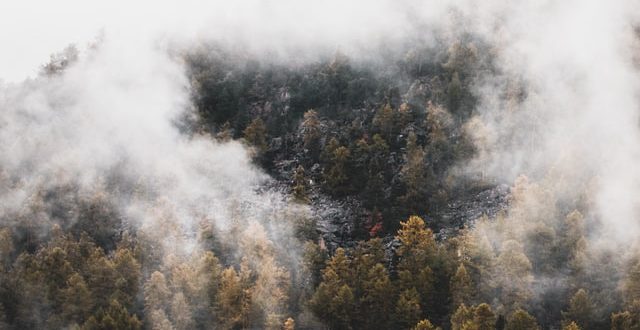History of Wildfire Policy
Wildfires have always been around. While natural and helpful, they have been known to grow out of control and cause damage and loss of life. Since the early 1900s, federal and state agencies have worked to put in a 
Over the decades, the policy has changed. It’s had to be based on growing concerns and new developments. Here’s a look back at the history of wildfire policy.
The Forest Fire Emergency Fund Act
The fire was initially viewed as a threat to timber and not life. This is why the initial public funds were devoted to fire suppression and prevention. In 1908, the Forest Fire Emergency Fund Act was brought in, permitting deficit spending when emergency fire situations arise. It did mean a $1m deficit by 1910 because of all the efforts.
This didn’t change the policy until 1935, when the 10 AM Policy was brought in. The aim was to get control of fires by 10 a.m. following the discovery.
However, this was when the focus turned to the people, and what they could do. Smokey Bear was created for campaigns and other cartoon characters were used. The idea was to raise awareness of wildfires.This helped to grow the wildfire policy as people took notice.
A Change in the Perception
However, during the 1970s, perception changed again. Ecologists realized that some natural wildfires were important to preserve forestry. Suppression of all fires could lead to the failure of some ecosystems. In fact, the intensity of other wildfires could be worse because of suppression of the helpful fires.
This led to fire ecology becoming a science that people studied. The aim was too find when fires were needed and when they were a danger to humans and property.
In the 1980s, funding was brought in to allow some burning to help manage fires. And in 2011, the National Fire Plan was introduced.
Creating Defensible Spaces
Wildfires have still remained a problem. In recent decades, there’s been a focus on using mechanical methods to get rid of hazardous fuels to prevent the dangerous spread of fire. Defensible spaces need to be created to help curb the spread of the fire, making sure it only remains helpful for the ecosystem.
The Wildfire Disaster Funding Act has been created, providing $2.7 billion to necessary departments to manage wildfires. Costs for this are growing, and policies will continue to be developed.
If you live in fire prone area and would like to fire mitigate your home, contact us now for a free estimate.
